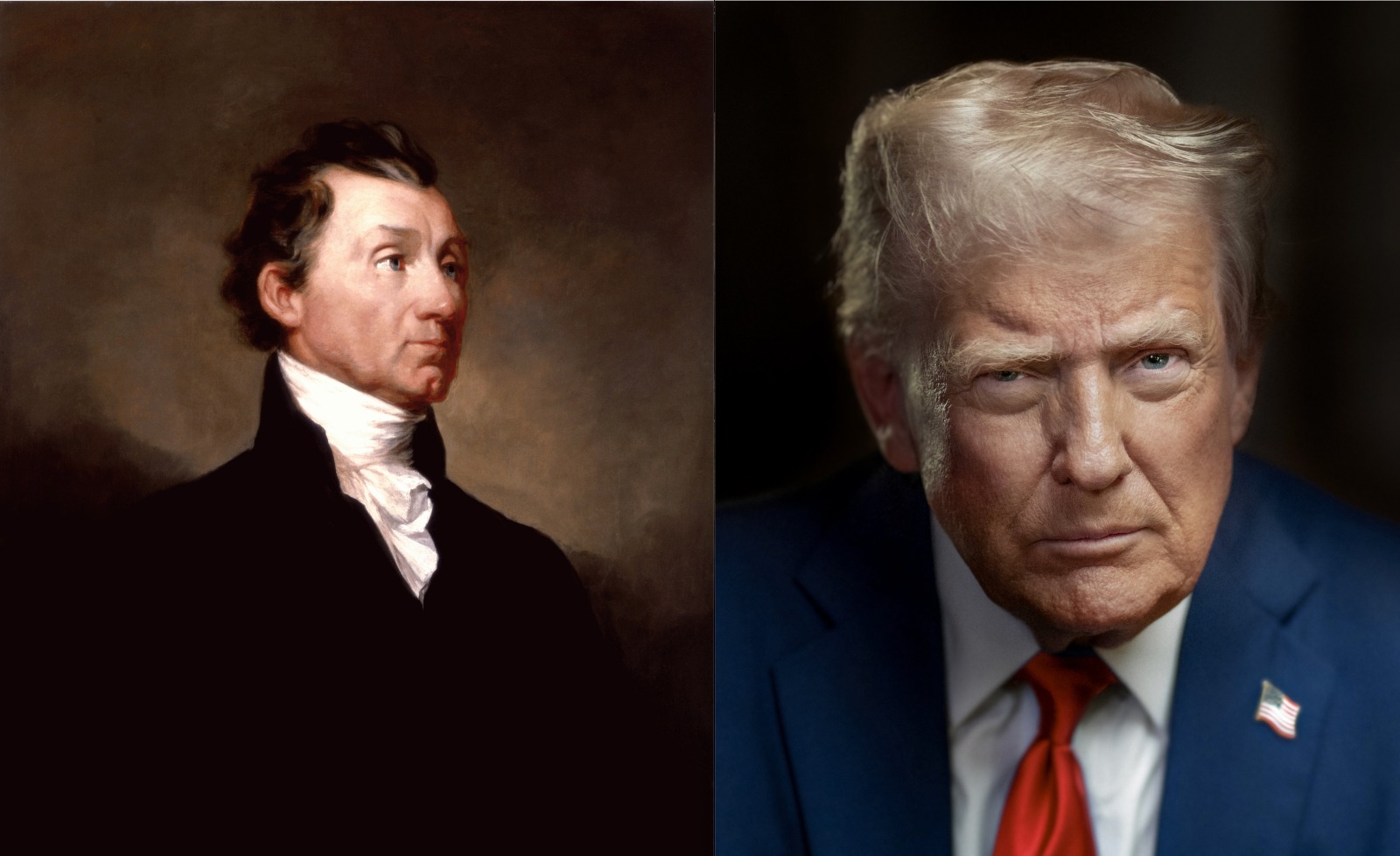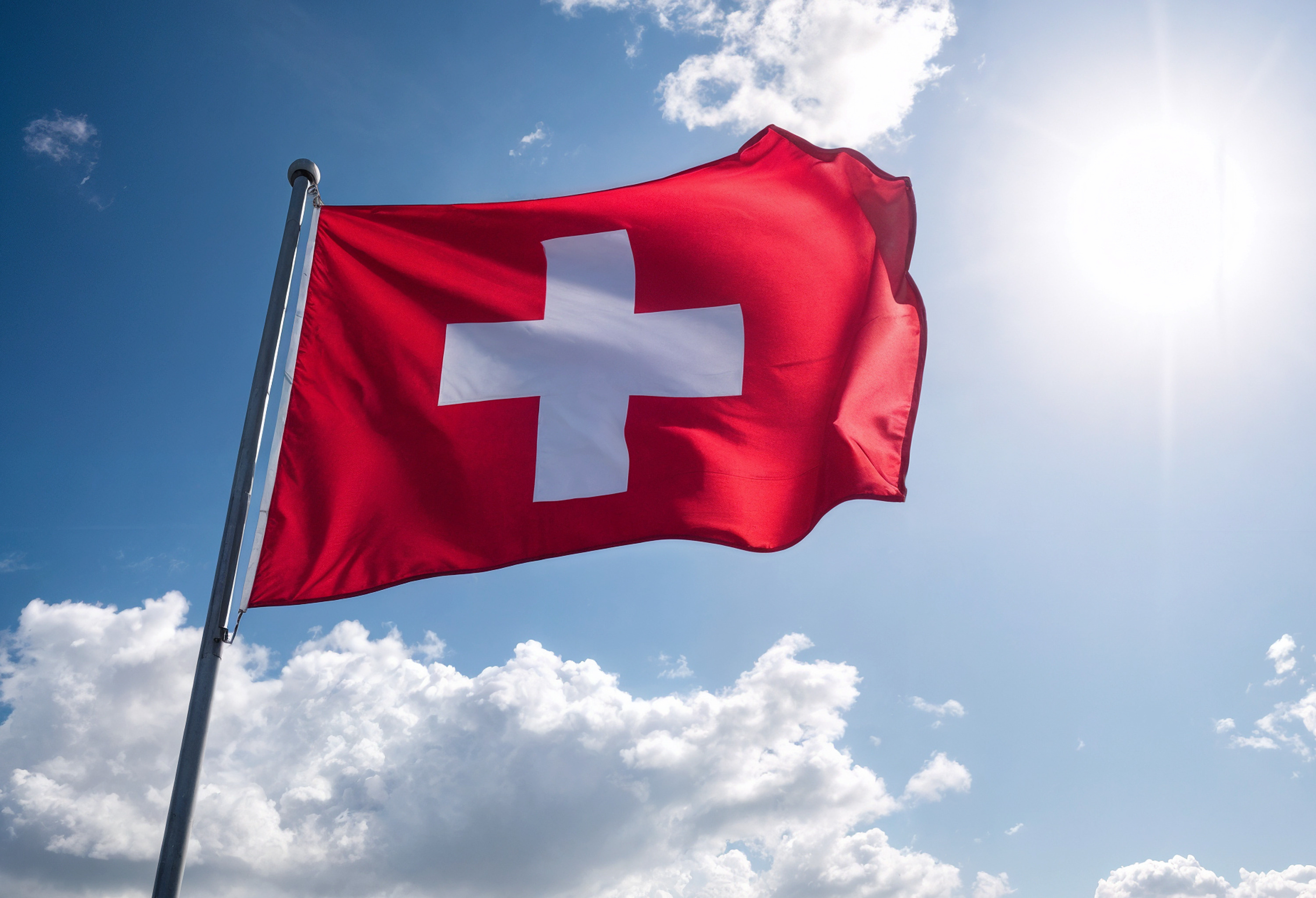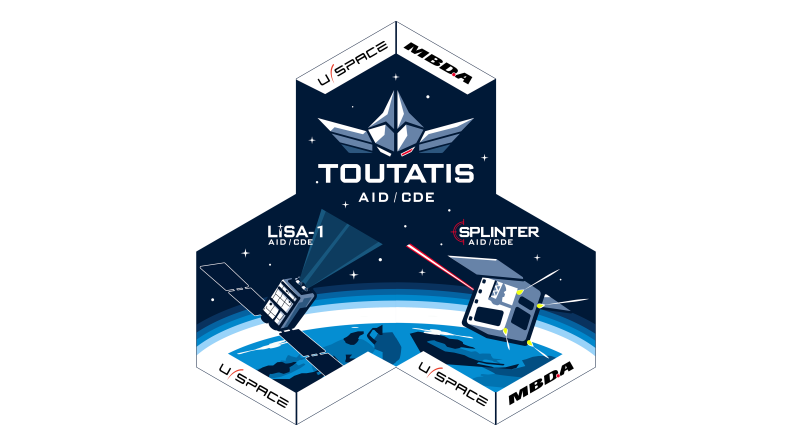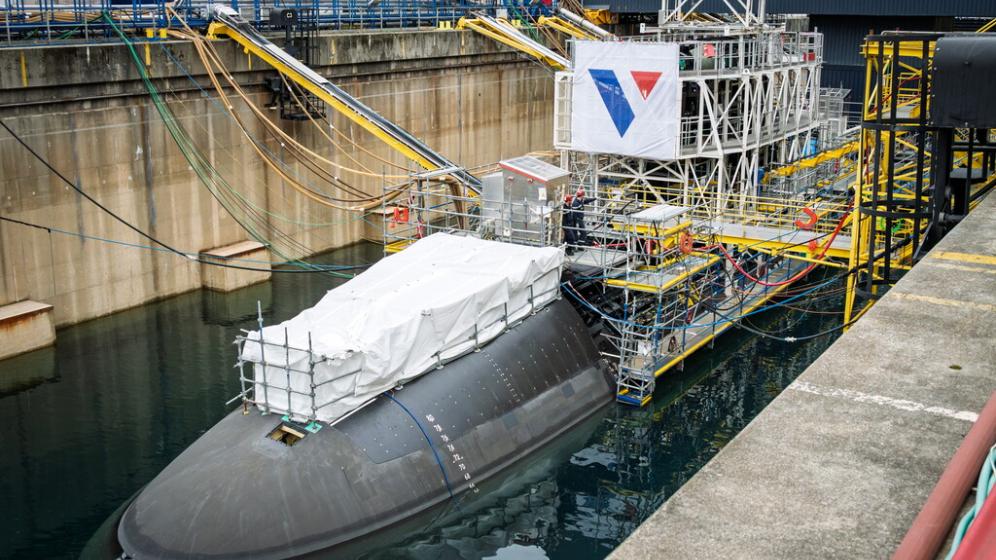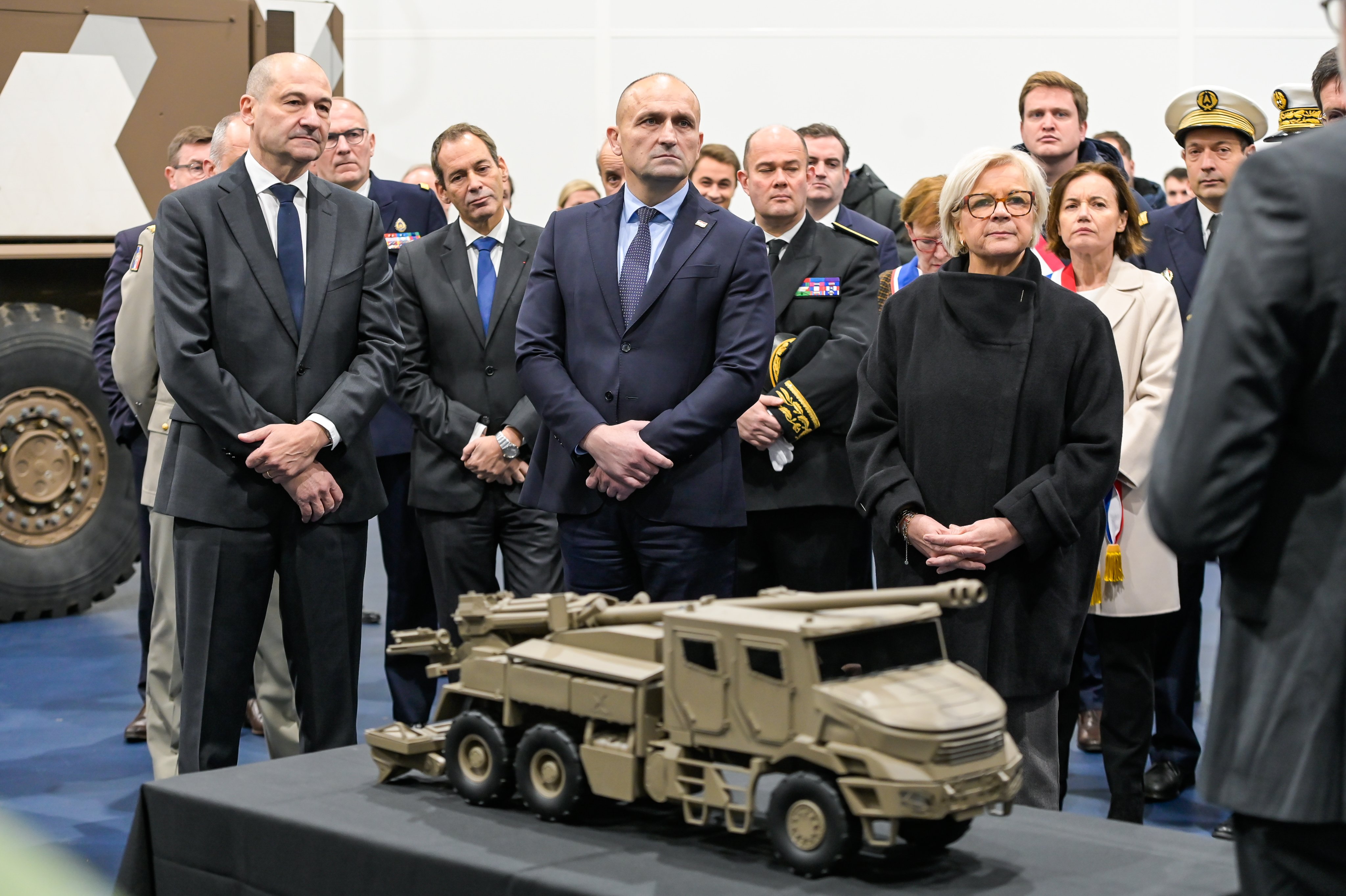Edition anglaise
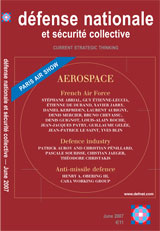
June 2007 - n° 698
Introduction - Stéphane Abrial
An introduction by General Stéphane Abrial, Chief of French Air Staff (CEMAA), to the special feature on aerospace in the Paris Air Show issue of Défense nationale et sécurité collective.
Aerospace power: what is it for? - Guy Étienne-Leccia
The aim of this article is to formulate the rudiments of the concepts relating to aerospace power. After proposing some definitions and stating its fundamental characteristics, it highlights the value of aerospace power for our day-to-day security, for military operations at the strategic and tactical levels, and as a tool for coercion or influence available to the highest authorities.
The hidden side of air power - Étienne Durand (de)
Despite its capabilities and its essential role in Western armed forces, air power is facing a paradox: historically tailored for classic operations but today the victim of its own success, it must now adapt to stabilisation and ‘small wars’. Over and above the RMA and ‘Transformation’, the air arm must realign its doctrine and practices to exploit its irreplaceable flexibility in crisis management and the many uses of the third dimension in joint stabilisation operations.
The Air Force and nuclear deterrence - Xavier Jarry
Historically, the Air Force has been the first involved in the nuclear deterrence mission. For over 40 years France’s Strategic Air Forces (FAS) have assumed this mission with a now legendary rigour. That has never prevented them, quite the contrary, from continuously adapting to the geostrategic environment, national defence policy, technological change and of course financial constraints. And the secret of their ability to adapt while assuring a credible deterrence, as described in this brief portrait by the twentieth officer to command them, has been that rigour.
Air power in the prevention and management of conflicts today - Daniel Kerfriden
Today’s conflicts call for great flexibility on the part of armed forces. Yet by mobilising all of its assets the Air Force can guarantee to send a strong political signal while reducing the forces’ footprint. And by giving cover to land operations aircraft consolidate them and add to their legitimacy. Speed, reach and precision are qualities that make the air arm an efficient instrument in crisis prevention and management.
The Air Force as a public service - Laurent Aubigny
The Air Force is permanently engaged on numerous tasks within France, contributing directly to French citizens’ security. This activity is made possible by the day-to-day commitment of some 2,500 officers, NCOs and airmen who work on airbases throughout France, and covers areas as varied as flight safety, space surveillance, search and rescue of aircraft in distress, medical evacuation of French nationals and assistance to victims of natural disasters.
A fresh look at aerospace power - Denis Mercier
Both a strategic and tactical tool, air power brings decisive advantages to the nation’s defence thanks to its wide range of capabilities. The Air Force is, however, facing many challenges–in space, the growing number of threats in the air and the asymmetry of engagements. It must continue to guarantee the freedom of action necessary for ensuring national sovereignty and supporting committed forces, and is making a novel and forward-looking survey of the capabilities required.
AIR 2010: a design for greater operational effectiveness - Bruno Chevassu
The ‘AIR 2010’ reforms are intended to rationalise and simplify the Air Force’s command structure to make it more operational and responsive. Using a functional organisation approach, it has been possible to break away from the present geographical division. The project, which began in summer 2005, will result in major relocation away from the Paris region to create jobs. The associated regulations will come into effect on 1 January 2008.
A much-needed evolution in defence logistic support - Denis Guignot
The logistic support organisations of the principal allied armed forces (British, German and American) have evolved profoundly in the past few years. Following the redefinition of the powers of the Chief of French Defence Staff (CEMA) in April 2005, it is now essential to look once again at the overall logistic support of our Armed Forces. This will allow us to reduce disparities, adapt to the planned 2015 Armed Forces organisation, increase their reactivity in external operations, and finally to exercise better control over the cost of maintenance in operational condition (MCO).
The SIAé: an example of modernisation in the Ministry of Defence - Louis-Alain Roche
Modernisation of maintenance in operational condition (MCO) of defence equipment is a ministerial priority. Concerning aeronautical equipment, a major decision was taken at the end of 2006 to bring together, as from 1rst January 2008, in the one organisation, the SIAé (Aeronautical Industrial Service), all industrial support work carried out under the Ministry of Defence. This represents a big contribution to improving the performance and cost-effectiveness of aeronautical MCO.
Air-power and non-conventional operations - Jean-Jacques Patry
Air forces are gradually adapting to the non-conventional characteristics of the ‘new’ or ‘asymmetric’ conflicts. An essential component of any joint force, air power is optimised to engage high-value targets, including weapons of mass destruction, with great precision. Its qualities of endurance and ubiquity in surveillance and precision strikes help support surface forces against adversaries using collective paramilitary violence (guerrilla warfare) or in small groups (terrorism), often in restrictive urban terrain. Its effects will therefore consist in disarming paramilitary organisations making use of geographically identifiable networks and reducing the freedom of movement of terrorists, as part of an overall strategy of fighting terrorism.
The lower limit of the third dimension - Guillaume Gelée
During operations, coordination of action in the third dimension is based on a sharing of the air. This is the natural outcome of the creation of air powers in an operational and technological environment that is a thing of the past. Today the rapid pace of operations, the need for security and the requirement to justify defence expenditure lead to use of new technologies in the dynamic management of the third dimension.
Will UAVs eject the pilot from his cockpit? - Jean-Patrice Le Saint
The drone or unmanned aerial vehicle has many operational advantages, the main one being that it can reduce the combatant’s exposure to enemy fire. Initially designed for intelligence gathering, the UAV’s range of missions is gradually widening to include all those of manned aircraft. Yet its limitations, the need to maintain contact with the adversary and its acquisition cost suggest that the airman is not about to quit his cockpit.
European and French military use of space: where next? - Yves Blin
The military use of space by several European countries has included many attempts at cooperation, with mixed results. Experience gained, needs in terms of information (imaging, communications, intelligence) and a desire to cooperate on the European level indicate the way ahead.
A European space defence policy-the issues and projects - Patrick Auroy, Christian Pénillard
The use of space is decisive in giving our forces essential military capabilities. Even if within Europe investment in space is still relatively modest and initiatives were until quite recently disparate and driven by nations’ wish for autonomy, only the reciprocal use of assets, cooperation with our European partners and civil-military dual use will enable Europe to acquire the assets needed to confront the main threats to our common security.
Europe and space: duality and competitiveness - Pascale Sourisse
The main challenges facing European use of space are institutional, military, financial and industrial. How to confront them was a question to which Pascale Sourisse suggested answers when speaking on duality and competitiveness at a CHEAr (Centre for Higher Armaments Studies) conference on 22 March this year. Since that date the European Commission has authorised the transfer to Thales of Alcatel-Lucent’s shares in Alcatel Alenia Space, which becomes Thales Alenia Space; the author is CEO of the company.
The modular air-to-ground weapon: a revolution in precision strikes - Christian Jaeger
France is acquiring a new, all-weather, precision air-to-ground weapon, the AASM, which will equip its Rafale fighter units. The characteristics of this conventional weapon will add greatly to the coherence of France’s air operations. Applying modern air operational concepts such as Effects Based Operations, the AASM incorporates the latest French aerospace and defence industrial technologies. It has the potential to be developed into a wide family of weapons to meet new operational requirements.
The halting of the BAE Systems inquiry and the international fight against corruption - Théodore Christakis
Is the international arms trade above the law? By deciding to put a stop to a major investigation implicating BAE Systems in a major corruption scandal concerning the Al Yamamah ‘Contract of the Century’ for the sale of aircraft to Saudi Arabia, the British authorities maintained that it was necessary to ‘. . . balance the need to maintain a state of law on the one hand, and the larger public interest on the other’. Against a background of Saudi threats to end cooperation against al-Qaeda and to cancel new and juicy contracts, this decision appears to weaken international efforts to fight corruption.
The defence option - Henry A. Obering III
Ballistic missiles carrying even a single nuclear, chemical, or biological payload can potentially cause catastrophic damage to a country. The US ballistic missile defence system is a limited response to the growing threats posed by ballistic missiles of all ranges, yet today it can defend only the United States against long-range attack. It is not capable of providing Europe a similar defence against intermediate- and long-range ballistic missiles attacks from the Middle East. The United States can offer its European allies protection from long-range ballistic missile attack by forward deploying elements of the US system in Central Europe. These missile defence assets would complement future NATO missile defence systems and those deployed by allies. All together this deployment would provide the complementary coverage required for a stronger missile defence. Without the option of defence, victims of attack are left with only pre-emption, retaliation or capitulation as a response.
Deterrence and anti-missile defence - Groupe de travail du CARA
The committee for the study of current affairs of the IHEDN’s (Institute for Higher National Defence Studies) alumni association regularly publishes analyses and recommendations on defence questions. Their report on deterrence and anti-missile defence, on which this article is based, is available (in French) at www.2a-ihedn.org.
Can NATO succeed in Afghanistan? - Jan Eichler
The ISAF’s mission has become a main priority for NATO, but success will not come easy. Historical and geopolitical factors weigh heavily in the situation in Afghanistan, and the talk is of its ‘Iraqisation’. There is a serious threat to the NATO soldiers immersed in a hostile environment who are a prey to ambushes, raids and suicide attacks. The coming months will show whether NATO can manage to rebuild Afghanistan and eliminate al-Qaeda.
The Afghan nightmare: what is to be done? - René Cagnat
In an article in last month’s issue of Défense nationale et sécurité collective entitled ‘The Afghan nightmare: an update’, the author showed how NATO action in Afghanistan is missing the point: the drugs war. He highlighted the way in which the Americans and their allies have taken the wrong track to the point of alienating a population initially well disposed towards them. The Atlantic Alliance is caught up in an interventionist spiral, and we have to ask ourselves what we are fighting for in Afghanistan. The answer to that question will tell us whether the operation should be maintained, with the sacrifices that that will entail, or whether NATO should withdraw to allow other forces to take over.
Afghanistan: Aid workers in danger - Jean S. Renouf, Alexandre Carle
Present on the ground in Afghanistan for nearly 30 years, humanitarian aid organisations increasingly find themselves targets. Symptomatic of a change in strategy on the part of the Taliban and its accomplices, these attacks raise questions on the continued presence of aid organisations, and more broadly on the international community’s involvement in Afghanistan. This article examines the impact of the deteriorating security situation on aid organisations and suggests the conditions necessary for NGOs’ continued intervention in the country. Finally, it shows that the attacks on these organisations have potentially disastrous consequences for the French forces operating there.


